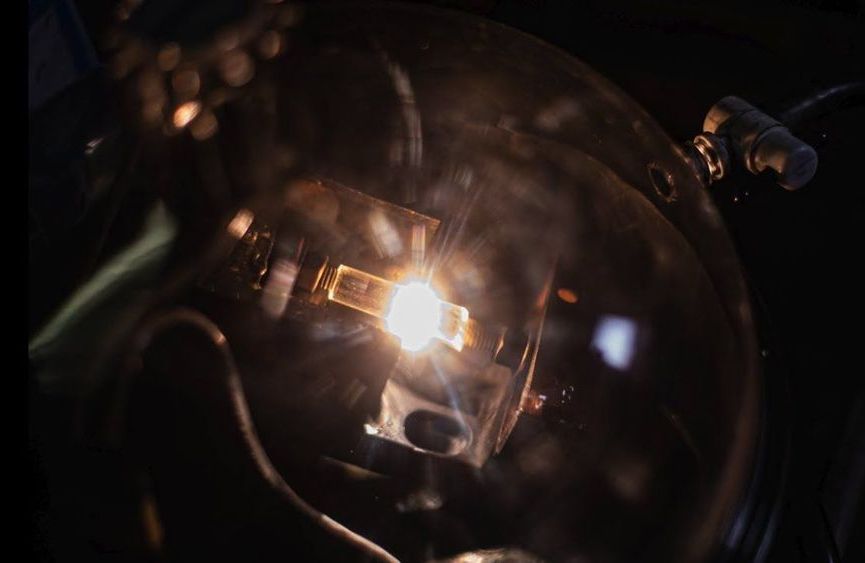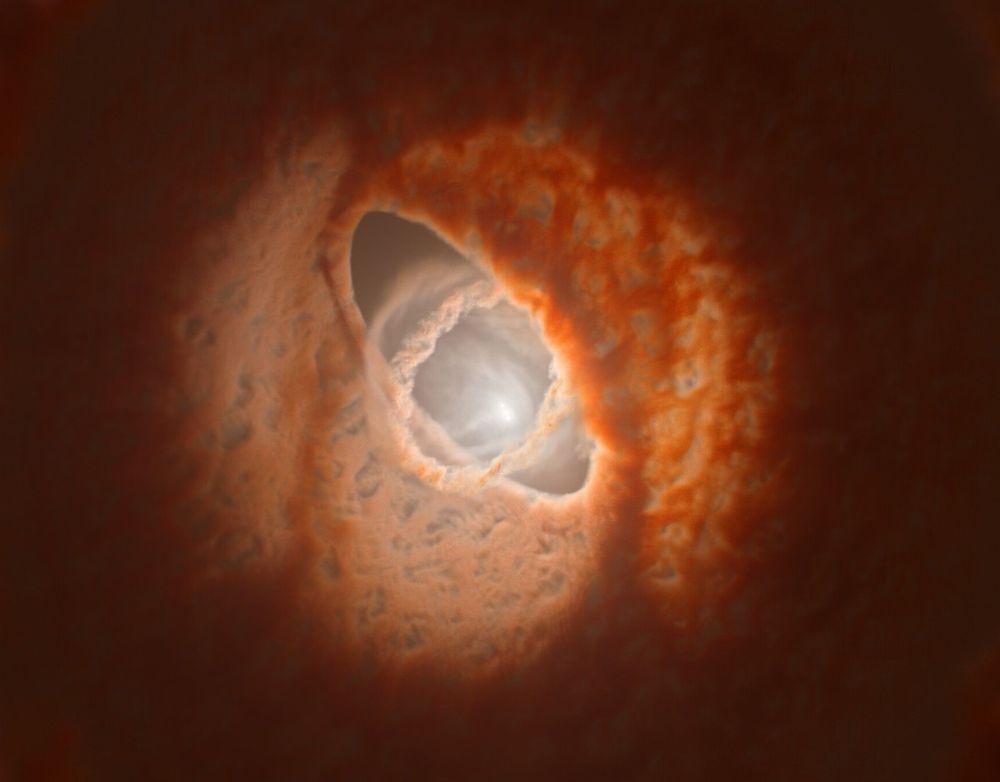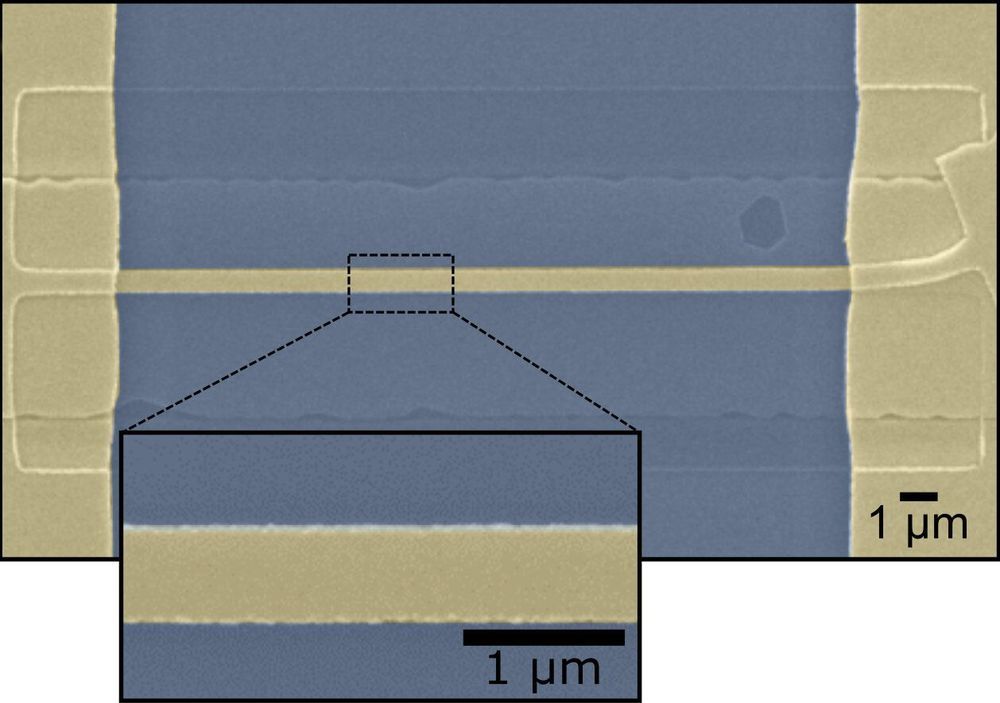Oct 1, 2020
Lab turns trash into valuable graphene in a flash
Posted by Quinn Sena in categories: energy, materials
World hunger is a persistent problem despite all of humanity’s progress in recent years. However, I believe that we have a real shot at defeating world hunge…
Scientists are using high-energy pulses of electricity to turn any source of carbon into turbostratic graphene in an instant. The process promises environmental benefits by turning waste into valuable graphene that can then strengthen concrete and other composite materials.

















